Lawn Things
Lots to cover. I’ll start with the short ones.
Did our lawn survive the cold?
It’s probably still too early to know for sure, especially with St. Augustine, and especially in the northern parts of its range (in general terms, I-20 corridor up to the Red River). It needs 2-3 weeks of warm, sunny weather before it will begin putting out new growth. Until then, assume that you may have some dieback and hope that you’ll be surprised.
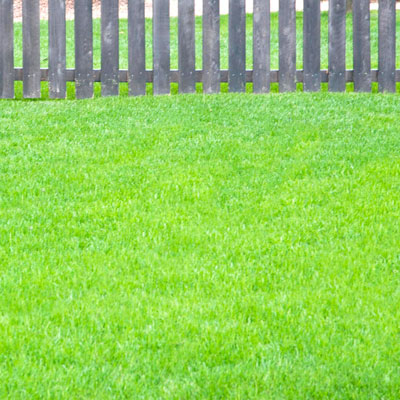
One note of importance: Texas A&M turf specialists warn us that pre-emergents may not be a good idea for St. Augustine and even centipede lawns if there is any chance that we might have lost sections. If you’re going to have to resod, you don’t want the pre-emergent granules out there inhibiting root growth. That’s much less a concern for bermuda and zoysia turf.
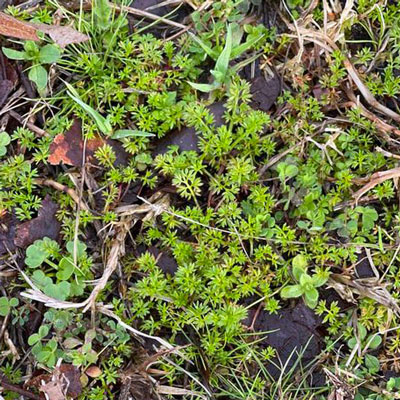
Do you know lawn burweed?
You do if you’ve stepped on it barefoot. Your dog or cat certainly does. It’s a harmless looking little weed right now, but as it develops the spiny burs, it turns into a monster.
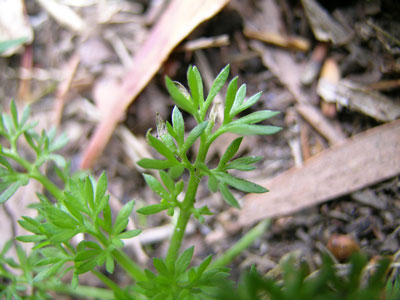
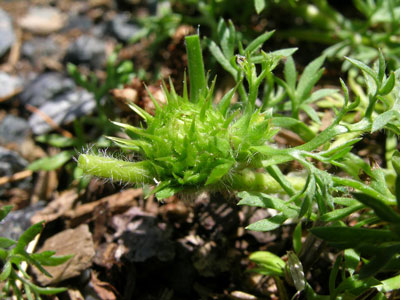
This is your time to eliminate it with a broadleafed weedkiller spray (containing 2,4-D). Learn to recognize it early while the plants are still young. Don’t let it produce the burs or you’ll have big problems.
To scalp or not to scalp?
This comes up every year about now. It’s mainly aesthetic, although it does serve to remove many of your winter weeds, and it does allow the sun to reach the soil more efficiently, thereby warming it up more quickly. The grass responds by greening up a week or two earlier. But part of that is because we can see the greening grass better.
To scalp your lawn you drop your mower blade by one setting. Wearing goggles and a high-quality respirator to keep the choking dust out of your lungs, you remove all the winter-killed stubble.
Bag that stubble and use it in your compost pile or layer it beneath your shrubs or around your perennials. Just don’t send it to the city’s landfill. They don’t need the extra organic matter, plus it’s too valuable to waste. At least see if your city has a recycling facility that will turn it into compost for reuse in gardens and landscapes.
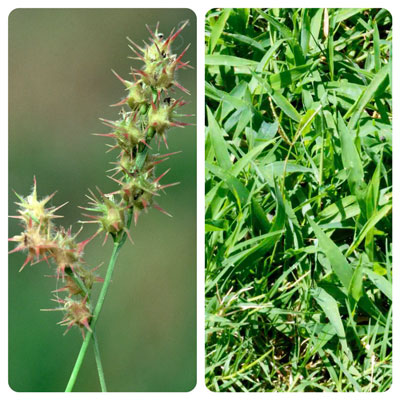
Prime time for pre-emergents:
That time is upon us. In fact, it’s quickly passing by for folks in South Texas. Here is information I posted on Facebook three days ago. It reached 100,000 people and generated a ton of interest.
If you’re on Facebook, here’s a link to my post. That will allow you to see the more than 600 Comments and questions people posted. But in case you’re not, here was my detailed post:
Facebook, Neil Sperry page, Monday, March 1, 2021
Garden Tip: PRE-EMERGENT WEEDKILLERS (First warning, March 1) This will be my complete explanation of what they are, how they work and when they should be applied.
Their time is here or near.
Please read all of the details here. They should answer your questions.
Defining “pre-emergent”
This is a weedkiller (usually granular) that is applied before weed seeds emerge, that is, before they germinate. Once you can see the actual plant growing, you’ve blown it.
What weeds will they control?
Because they attack seeds before they sprout, pre-emergent granules are primarily intended for use on annual weeds that complete their life cycle within one growing season. They do not help with perennial weeds that come back from their root systems year after year (nutsedge, Johnsongrass, dallisgrass, etc.).
What are the common pre-emergents?
Products in the consumer marketplace are Dimension (most commonly at independent retail garden centers), Weed-EX with Halts (at national chains and local independent hardware stores) and Balan (often sold in farm supply centers).
All three of those (and other less common types) are primarily intended to prevent germination of grassy weeds.
NOTE: There are other pre-emergent products, and lawn care companies have access to still more. Some of their products can even be applied at different times. Lawn care companies will not necessarily follow what I write for consumers. After all, they have hundreds of lawns to care for, and they can’t do them all on one day just because “Neil deems that day to be the best.” If you’re happy with the results they’re giving you, that’s what really matters.
Gallery is sold in independent retail garden centers primarily to prevent germination of broadleafed weeds (non-grasses).
When should a pre-emergent be applied?
Before the weed seeds start to sprout. It’s better to be a week too early than a day too late.
• For summer weeds such as grassburs (sandburs) and crabgrass: 2 to 3 weeks before the average date of the last killing freeze for your area. In South Texas that would be now (very early March). The February cold slowed things down, so you should still be in good shape if you get started soon. In Central and North Central Texas it would be March 5-15. In North Texas it would be the middle, March 10-20. In the Panhandle it would be late March.
• Because these granules are effective for about 100 days you will need to reapply three months later as a “booster shot.” Mark the calendar so you won’t forget. Without this second application the weeds will still germinate later in the season. That second application should be June 1 in South Texas, early June in Central and North Central Texas, mid-June in North Texas and into the Panhandle.
Note: Buy the product for this second application now, while the stores are fully stocked. Many stores sell out after March and early April and will not have it for this second round.
Gallery is not as critical for summer lawns. Fewer broadleafed weeds are common in hot weather, plus our warm-season grasses tend to crowd them out.
• For winter weeds (THE ONES YOU CAN SEE IN YOUR LAWN NOW), apply one of the grassy pre-emergents as well as Gallery the last week of August or the first week of September over most of the state. This timing could be mid-September in South Texas.
What about weed-and-feed applications?
I’m personally not a fan of these combination products. There is too much danger of damage being done to desirable trees, plus the timing doesn’t match up.
This would be prime time for the first application of pre-emergent herbicide, but it’s too early to fertilize turfgrass. These two procedures should be done independently.
One added note: In areas where you intend to sow bermuda seed or plant sod of any of the various grass types this spring, you do not want to apply pre-emergent products. Just as they inhibit weed seed germination, they also will slow the growth and development of roots of your new grasses. This could be a concern for St. Augustine owners who fear the cold might have killed off some of their turf.
